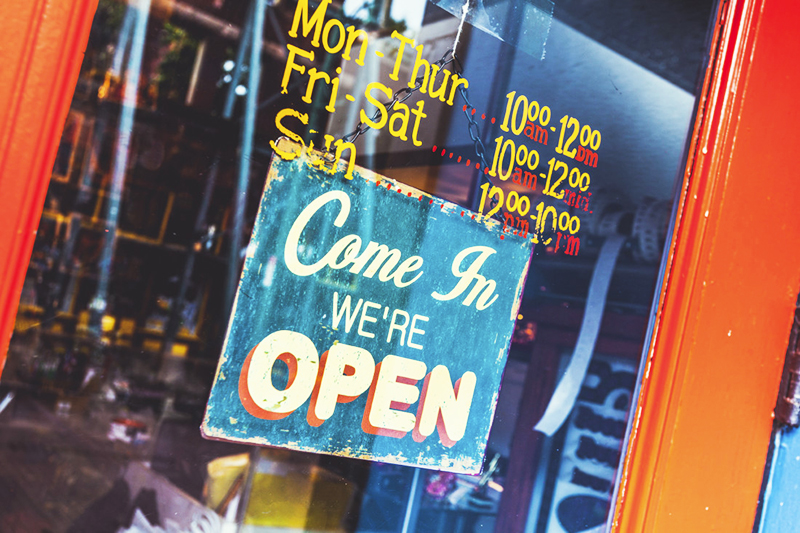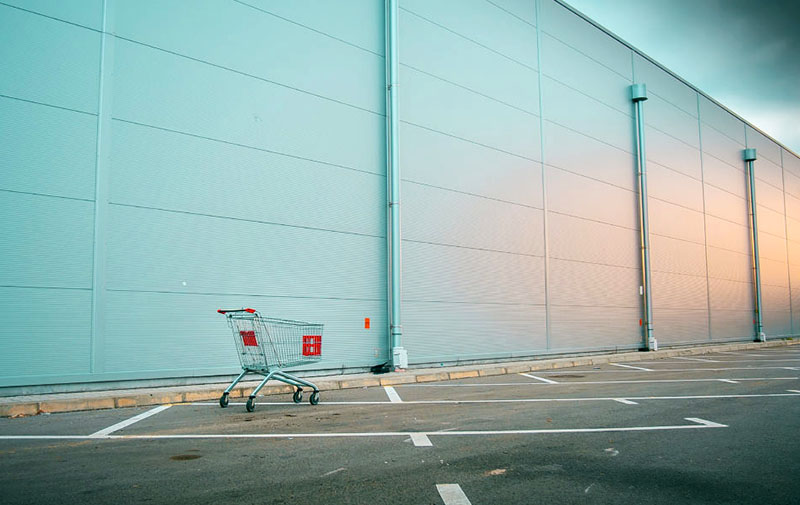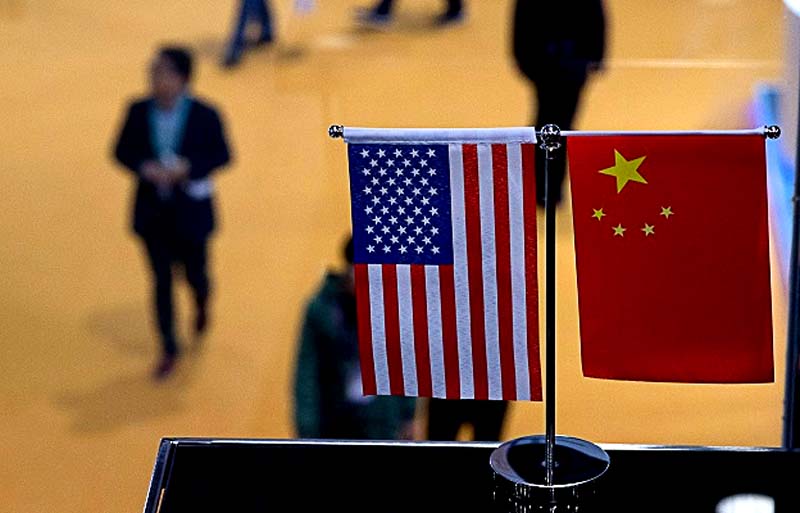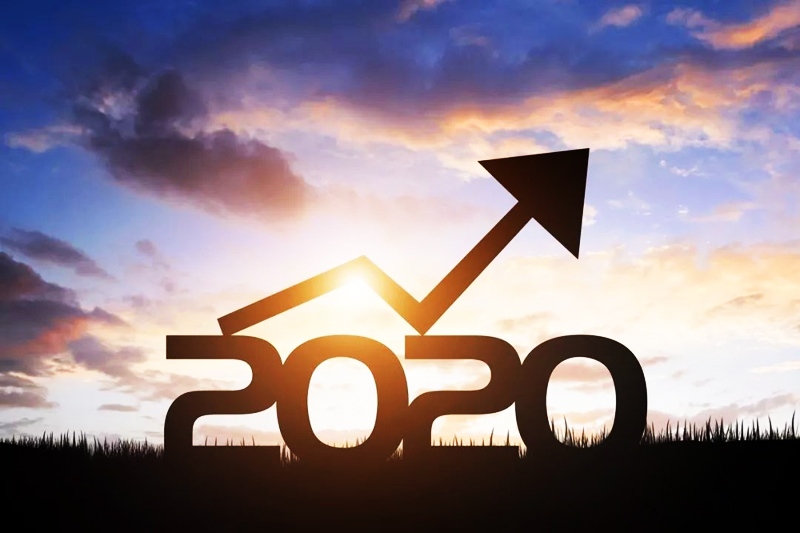Recovery slows, but continues
Industrial output rose 4.8% y/y in July, the same rate as in June, down 1.1 pps from Q4 2019. Investment grew 8.3% y/y, up 2.7 pps from June, and up 2.9 pps from Q4, and is still mainly driven by state investment, with a growth rate of 12.7% y/y. The best performer among fixed asset investments is real estate, with a growth rate of 11.6% y/y in July, up 3.7 pps from Q2.
Consumption is still weak, and was down -1.1% y/y, and up 0.7 pps from June, showing customers’ caution over COVID-19. In July, exports grew 10.4% y/y, up 6.1 pps from June, and up 6.4 pps from H2 2019, possibly due to the halt of overseas production. Imports are fluctuating significantly, and aren’t showing any trend. They rose 1.6% y/y, down 4.6 pps from June.
Producer price growth is trending up. The ex-factory price index of industrial goods rose 0.4% m/m and fell -2.4% y/y. PPI rose 0.9% m/m, and fell -3.3% y/y. Growth of the two indices is down 0.6 and 1.1 pps from June. But we expect future producer prices to at most rebound to their pre-pandemic growth rate levels. CPI rose 2.7% y/y, up 0.2 pps from June. We expect its rise to be temporary.
Major financial indicators have been falling, or flat. M2 rose 10.7% y/y, down 0.4 pps from June. Loans rose 13% y/y, down 0.2 pps from the end of June. M1 grew 6.9% y/y, up just slightly, by 0.4 pps.
On August 14th, a pioneering digital currency initiative initiated by the People’s Bank of China stated that that it would expand the trail program to a number of large cities, with the involvement of the big four state banks. China’s Alibaba has already entered into a “strategic partnership” with the Central Bank over the sovereign digital currency plan. We view digital currency reform as part of the Chinese government’s grand Fintech plan. It will make financial transactions easier, by reducing the intermediary role of commercial banks, directly benefiting small and medium-sized firms.
Strong rebound, even without a major stimulus
GDP rose 3.2% y/y in Q2 -- a remarkable performance amid global pandemic. In June, industrial output was up 4.8% y/y, and up 0.4 pps from May, though has still not reached the pre-pandemic level, and was down 1.1 pps from Q4 2019. Investment, mostly driven by state investment, was up 5.6% y/y, up 1.7 pps from June and down 0.2 pps from Q4 2019.
Retail sales of consumption goods fell -1.8% y/y in June, up 1 pps from May. Exports rose 4.1% y/y in June, achieving positive growth for three consecutive months, averaging 4.5% y/y, higher than the growth rate of H2 2019. Imports were up 6.2% y/y, turning positive for the first time.
The ex-factory price index of industrial products fell -3% y/y in June, and PPI fell -4.4% y/y, up 0.7 and 0.6 pps from May, respectively. CPI slightly rebounded, rising 2.5% y/y, up 0.1 pps from May, and increased 0.4% y/y, after removing the seasonal factor.
The main financial indicators were still strong in June. M2 rose 11.1% y/y, the same rate as in May. The still-increasing adjusted M1 rose 7.3% y/y. Savings deposits from non-financial institutions were up 13.2% y/y.
The market has seen a steady increase in money market rates since early May, and the highest 10-year sovereign bond yield in five months. And although People’s Bank of China Governor Yi Gang signaled a fresh liquidity injection two weeks ago, it is taking an unusually long time to be delivered. We expect the strong growth rebound has made monetary loosening exit early. This is partly in order to avoid asset bubbles, in line with the recent housing price surge in major cities like Shenzhen, where housing prices have risen 20% over the past two months, and as seen in the stock market rally.
COVID second wave lowers our growth forecast
Industrial output rose 4.4% y/y in May, up 0.5 pps from April, comparable to its pre-pandemic level, and was down just 1.5 pps from Q4 2019. Investment was up 3.9% y/y, and up 3.1 pps from April, down 1.5 pps from Q4. Government investment is the main force lifting overall investment growth.
Consumption demand continued to recover in May. Retail sales of social consumption goods fell 2.8% y/y, up 4.7 pps from April. The global pandemic is not showing any sign of abating, and is heavily impacting trade. In May, exports were up 1.4% y/y, down 6.8 pps from April, while imports plunged 12.7% y/y.
Prices are all falling, creating conditions for future money expansion. The CPI rose 2.4% y/y, down 3 pps from January, mainly driven by food prices. Producer prices fell further. The ex-factory price index of industrial goods decreased 3.7% y/y, and the PPI fell 5% y/y, down 0.6 and 12 pps respectively from April.
Monetary policy is expanding. Major financial indicators all show upward trends. At the end of May, M2 was up 11.1% y/y, and M1 up 6.8% y/y, up 2.3 and 2 pps from the end of February.
On June 12th, Beijing reported its first local coronavirus case, after more than 50 days with zero new locally-transmitted cases. A total of 236 new confirmed cases had been recorded by the writing of this report. Even though such numbers seem insignificant, much evidence shows that COVID-19 might be entering a second phase. This has significantly increased public, and investor, sentiments of uncertainty. Our own survey data shows that 30% of Chinese people believe this virus will persist for a long time. Factoring in the worsening global situation, we are revising downward our GDP growth forecast to 1.4%, which is below other major forecasts, such as that of the IMF.
With trade uncertainty eased, 6% growth target can be achieved
The United States and China on January 16th struck a "phase one" trade deal, at least easing uncertainty over the future of U.S.-China trade relations. Exports raised 5% y/y in 2019, down 2.8 pps from 2018, while imports raised 1.2% y/y, down 11.6 pps.
GDP raised 6.1% y/y last year, down 0.5 pps from 2018. Industrial output raised 5.7% y/y, down 0.5 pps, while investment raised 5.4% y/y, down 0.5 pps.
Fiscal revenue was up 3.8% y/y in January-November 2019, down 2.7 pps from the same period in 2018. Fiscal expenditure was up 7.7% y/y, up 0.9 pps. So the fiscal deficit is rapidly expanding, constraining government’s future fiscal expansion.
CPI was up 4.5% y/y in December, and up 2.6 pps from December 2018. Producer prices have been growing more slowly in 2019. PPI in December fell -1.3% y/y. PPI has been on its steepest decline since July 2016. The official PMI indicated contraction for a sixth straight month. Both reflect weak domestic demand due to growth slowdown. In response, for the first time since 2016, China on November 20th cut the interest rate on its one-year MLF loans by 5 basis points.
The annual Central Economic Work Conference (CEWC) held by top leaders December 10th-12th emphasized “stabilities.” We believe that “around 6%” is the likeliest 2020 growth target. The conference stated that the direction of housing policy in 2020 would be stable. We expect the stabilization policy to ease concerns of potential risks that real estate poses to the macroeconomy. Our confidence is based on China’s strong fundamentals, and strict real estate purchase restrictions.
On January 14th, the U.S. Treasury department dropped China’s designation as a “currency manipulator.” Onshore RMB instantly jumped by 0.2%, its highest level since July. Non-banks also showed net FX inflows of around $6 billion in December. We expect all of these indicators to improve significantly in 2020. Our faith is built upon China’s still-strong fundamentals, relatively peaceful U.S.-China relations in a U.S. election year, and China’s high capital return.
2020 growth target likely to be about 6%
The annual Central Economic Work Conference (CEWC) held by top leaders December 10th-12th emphasized “stabilities.” We believe that “around 6%” is the likeliest 2020 growth target. Infrastructure investment was mentioned, suggesting that infrastructure spending will be used to support the economy, if growth slows notably below 6%.
The good news that “phase 1” of a China-U.S. trade agreement, which includes a reduction of U.S. tariffs on Chinese goods, and an increase of foreign investor access to China, may be signed in early 2020, has cheered the markets. There are more optimistic expectations for the global economy next year, although we may see a ceasefire rather than a peace treaty.
Growth was recovering in November, mostly due to a private investment boost. Industrial output was up 6.2% y/y, representing a strong recovery, and up 1.5 pps from October, and 1.2 pps from Q3. Investment was up 5.2% y/y, up 1.8 pps from October and up 0.5 pps from Q3. Private investment was up 6.9% y/y, and up 4.3 pps from Q3. The adjusted growth rate for retail sales of social consumption goods was 4.9% y/y, down 0.8 pps from Q3.
Imports were up 2.5% y/y in November, up 5.4 pps from Q3, temporarily escaping the negative growth zone. Exports were up 1.3% y/y, instead of down 2.6 pps, as happened in Q3. CPI was up 4.5% y/y in November, up 0.7 pps from October, and up 1.5 pps from September. CEWC conference speakers did not mention inflation. This indicates that the current high inflation, driven mostly by meat prices, is considered a micro issue, and won’t significantly influence future monetary policy changes. The ex-factory price index of industrial goods fell -1.4% y/y, up 0.2 pps from October. PPI fell -2.2% y/y, down 0.1 pps from October. M2 rose 8.4% y/y, down 0.2 pps from October. M1 rose 3.5% y/y, up 0.2 pps from October.
Housing prices have stabilized, after the 2015 and 2016 boom. The CEWC conference stated that the direction of housing policy in 2020 would be stable. People’s Bank of China Governor Yi Gang had also mentioned earlier a plan to apply countercyclical action to the real estate industry. Since real estate plays an important role in the Chinese economy, we expect the stabilization policy to ease concerns of potential risks that real estate poses to the macroeconomy. Our confidence is based upon China’s strong fundamentals, the fact that few alternative investment channels are available, and strict real estate purchase restrictions.













